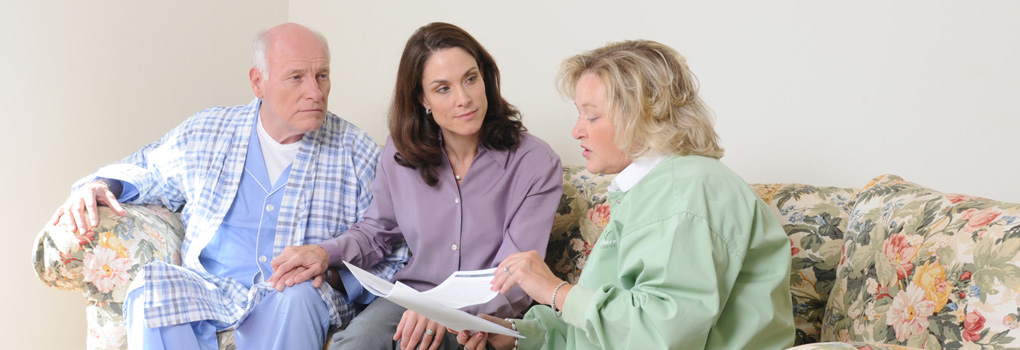End-of-Life Care No Longer a Taboo Subject
Doctors, scientists, and families are talking about it. A lot.
Death, dying, and the end of life.
That’s how the editor of JAMA (Journal of the American Medical Association) describes the content of its January 19, 2016 issue. Perhaps it is coincidence that this month marks the start of coverage of patient-physician discussions about end-of-life by mandate of the Affordable Care Act, or perhaps it is the convergence of a movement in healthcare that has been growing since hospice was first introduced in 1974. Either way, doctors are talking about the quality of life at the end, and the quality of death.
New research shows that while Americans have a higher use of intensive care units at the end-of-life, compared with other developed countries, Americans are more likely to die at home. In fact, the US has moved farthest and fastest away from institutionalization at death.
It’s pretty clear that this is a mainstream topic when esteemed, peer-reviewed journals are asking questions like “What Would Mom Want?”, what is the “Association of Occupation as a Physician with Likelihood of Dying in a Hospital”, and are seeking the family perspective on aggressive cancer care near the end-of-life.
Back in June, 2015, in “Improving the Quality of Life at the End of Life,” Rita Rubin wrote of the contrast in quality of death of a lawyer’s father who had pull-out-all-the-stops care, and that of Dr. Atul Gawande’s father, who had specifically outlined his goals for quality of life, including avoiding aggressive therapy.
According to Dr. Gawande, who wrote the best-selling book Being Mortal: Medicine and What Matters in the End, what’s really important is making sure clinicians and medical professionals have the skills needed to understand their patients’ needs. In a JAMA editorial he says “The sick and the frail…have fears and worries about what is to come; they have goals and priorities for how they wish to live their lives; they have aspects of their lives they are willing to sacrifice, and aspects they are not willing to sacrifice, for the sake of more time; they have certain functions they consider essential for life to be worth preserving; and they want and need their caregivers and families to understand and support these concerns as a central part of their care.”
If our medical team is focused on our personal goals and definition of quality of life, that’s a win for us, as we will all one day be contemplating our own mortality. Dr. Timothy Ihrig, who has helped Crossroads Hospice create its palliative care program, recently noted in a Philadelphia Inquirer op-ed, that when a patient is able to express to his or her doctor their vision of a satisfactory life in the face of serious illness, and when the doctor is able to fully explain the course of treatment, then true informed consent can come about. And that is the definition of palliative care: Fully informed patients making thoughtful decisions with their medical teams about how to best live with a life-limiting illness.
And on January 19th, the New York Times added Dr. Ezekiel Emanuel’s voice to the conversation. Emanuel is an oncologist and bioethicist from the University of Pennsylvania. He recommends “empowering patients to make realistic choices that are consistent with their hopes for how they want to live near the end-of-life and how they want to die.”
The buzz is amplifying. Hopefully the increased conversation will make hospice, palliative care, and advanced directives common terms for patients, physicians, and other healthcare professionals. Because when we speak the same language, we can make more thoughtful, informed decisions about what we want, and together make really important decisions.
If you found this information helpful, please share it with your network and community.
Copyright © 2016 Crossroads Hospice. All rights reserved.





